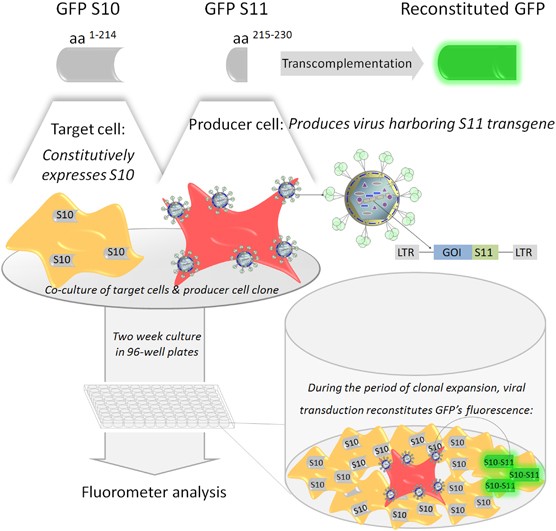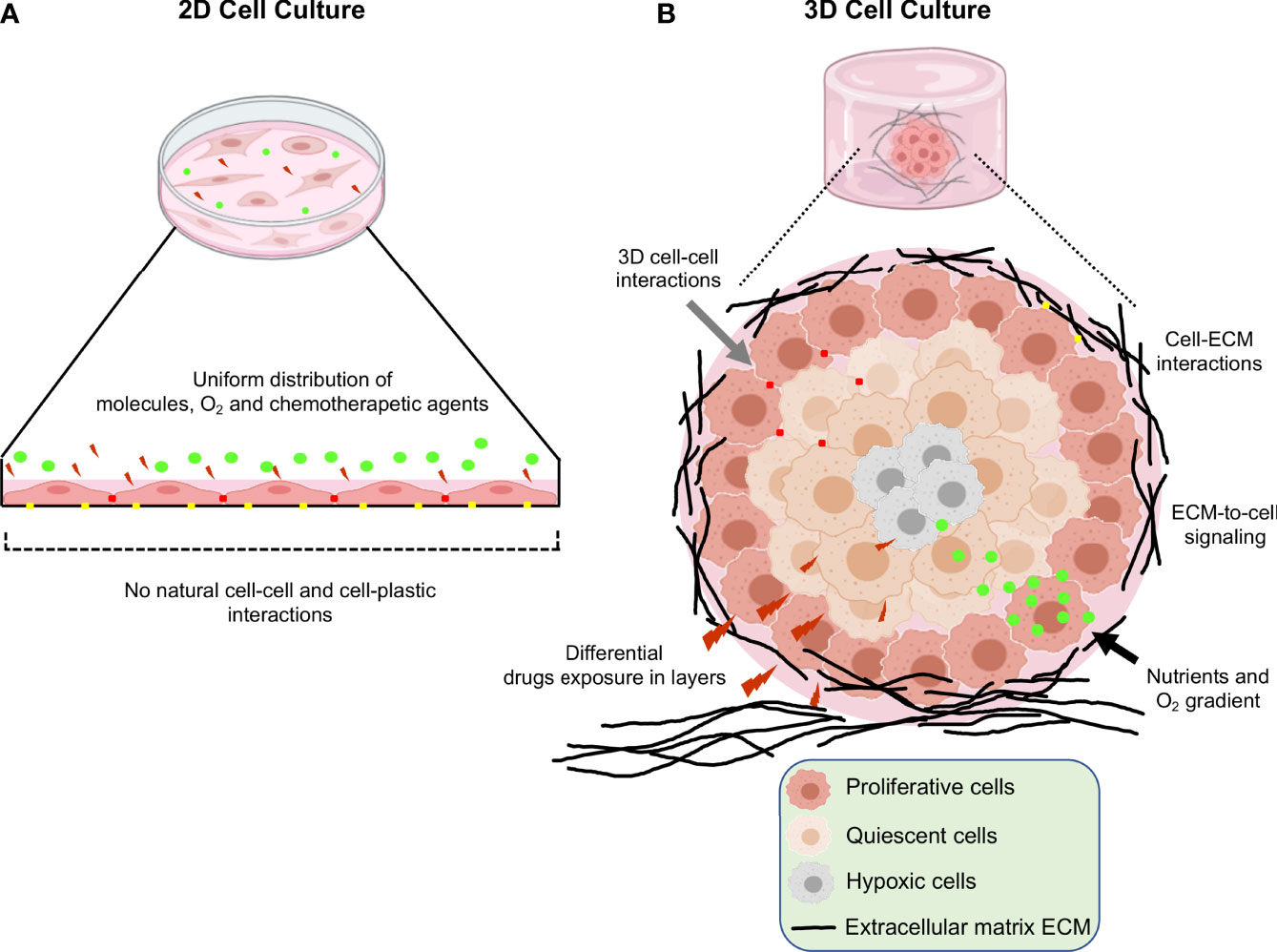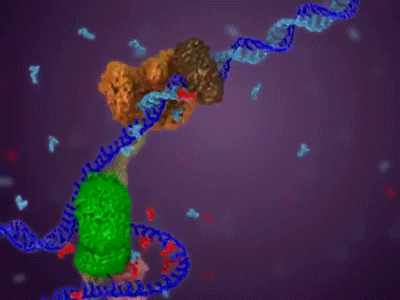Lab Times Online
News and Education for the European Life Sciences Community
Empowering Researchers with Trusted Tools, Concepts, and Clarity
Welcome to Lab Times Online your European source for science education, laboratory insights, and the latest tools shaping biological research. Our mission is to demystify complex lab techniques, explore trending scientific topics, and support researchers with actionable guidance grounded in peer-reviewed knowledge.

What is Recombinant Expression?
Recombinant expression involves inserting a gene of interest into a plasmid vector, which is then introduced into a host organism commonly E. coli.
Once inside, the bacterium transcribes and translates the gene, producing the protein encoded by the inserted DNA.
Step-by-Step Protocol (Simplified)
1. Vector Selection
Choose an expression vector with a strong promoter (T7, lac).
Include a selection marker (ampicillin resistance).
Add a tag (His-tag) for purification.

2. Transformation
Introduce the plasmid into competent E. coli cells (BL21(DE3)).
Use heat-shock or electroporation to promote uptake.

3. Selection and Growth
Plate on antibiotic-containing agar.
Pick colonies and grow them in liquid culture with selective antibiotic.

4. Induction of Expression
Use IPTG to induce protein production (if using an inducible promoter).
Optimize induction temperature and time (16°C overnight for soluble expression).

5. Harvest and Lysis
Collect cells by centrifugation.
Lyse using sonication, enzymatic lysis, or chemical buffers.

6. Protein Purification
Use affinity chromatography (Ni-NTA resin for His-tagged proteins).
Analyze using SDS-PAGE.

What Are microRNA Transcriptomes?
A microRNA (miRNA) transcriptome refers to the complete set of miRNA molecules expressed in a specific cell, tissue, or organism at a given time.
These small, non-coding RNAs typically 20–24 nucleotides long play a powerful role in post-transcriptional gene regulation by binding to target messenger RNAs (mRNAs) and either degrading them or inhibiting their translation.


Why Are microRNA Transcriptomes Important?
Biomarker discovery: miRNA signatures are used to identify disease states, especially in cancer, neurodegeneration, and cardiovascular disorders.
Cell identity and function: miRNA profiles differ among cell types and developmental stages, providing clues about cellular roles.
Therapeutic targets: Altering miRNA levels can modulate entire gene networks, making them attractive targets for RNA-based therapies.

Applications of microRNA Transcriptome Analysis
Cancer diagnostics using circulating miRNAs in blood
Developmental biology and stem cell tracking
Medecine response profiling in personalized medicine
Neurological research, where miRNA changes correlate with neuroplasticity and degeneration

Technologies Used
Next-generation sequencing (NGS) for deep miRNA profiling
microarrays for comparative expression
qRT-PCR panels for high-sensitivity detection
Tools & Bioinformatics
miRBase: a primary repository of miRNA sequences
TargetScan, miRanda: predictive tools for miRNA–mRNA interaction
DESeq2: statistical tools for differential miRNA expression
Global Genomics Begins at Your Campus
We provide innovative, tailored strategies that drive results and enhance research performance effectively.


Fluorescent Dyes and Cultrex Matrices: Illuminating Cellular Biology
Understanding how cells behave in three dimensions is critical for exploring complex biological processes such as cancer progression, immune system function, and tissue regeneration. Traditional 2D culture models fail to capture the dynamic architecture of living tissues, which is why 3D cell culture systems using Cultrex matrices are essential tools in modern research.

Mimicking the In Vivo Environment
In the body, cells grow surrounded by extracellular matrix (ECM) and neighboring cells in all directions. 3D models better simulate this spatial organization, allowing researchers to observe natural behaviors such as migration, invasion, and morphogenesis.

Stem Cell Differentiation and Organoid Research
Stem cells differentiate more naturally in 3D environments. This is essential for creating mini-organs (organoids) that replicate key features of organs like the brain, liver, or intestine, providing powerful models for studying development, disease, and regeneration.

Accurate Gene and Protein Expression
Cells grown in 3D often exhibit gene expression profiles, protein secretion patterns, and signaling pathways that are closer to those seen in living tissues. This makes them more predictive for biological studies and drug responses.

Cancer and Tumor Modeling
Tumor cells behave very differently in 3D. Studying cancer cells in 3D spheroids or organoids allows for better understanding of tumor growth, drug resistance, and metastasis, and supports personalized medicine
Building Tomorrow’s Medicine in Today’s Classrooms
Genomics & Research Excellence at Universities
Join the Future of Life Sciences Education
Our educational lab-times highlights institutions leading the way in genomic science, bioinformatics, and translational research.


Why Genomic Research Matters in Higher Education
Career-Ready Graduates: Students trained in genomics are prepared for careers in precision medicine, agricultural biotechnology, diagnostics, and more.
Featured Universities with Genomic Research Excellence
🔹 Harvard University – USA
Through the Broad Institute of MIT and Harvard, Harvard leads large-scale genome sequencing, cancer genomics, and population health studies. It is a global hub for CRISPR and single-cell transcriptomics research.
🔹 Stanford University – USA
🔹 ETH Zurich – Switzerland
🔹 University of Cambridge – United Kingdom
Home to the Wellcome Sanger Institute, Cambridge is a pioneer in genome sequencing, pathogen surveillance, and human genetics. It is involved in the Human Cell Atlas and large-scale cancer genome mapping.
🔹 University of Tokyo – Japan
This university is a leader in genome editing, rice genomics, and regenerative medicine. Its Institute of Medical Science focuses on disease genomics and therapeutic gene regulation.
🔹 Max Planck Institute for Molecular Genetics – Germany
Closely linked to top universities like Freie Universität Berlin, this institute conducts groundbreaking research in chromatin dynamics, gene regulation, and embryonic development genomics.
🔹 University of Toronto – Canada
With its Donnelly Centre for Cellular and Biomolecular Research, Toronto excels in genome engineering, synthetic biology, and large-scale gene expression mapping.
🔹 National University of Singapore (NUS) – Singapore
NUS is home to the Genome Institute of Singapore (GIS), known for cancer genomics, population studies, and microbiome sequencing in tropical regions.
🔹 Tsinghua University – China
Tsinghua's genome research initiatives include human genomics, brain research, and structural bioinformatics with strong AI integration.


Our Recent Posts
Check out what's new in lab-times !
🎓 Add Your University
We welcome all universities with a strong focus on :

